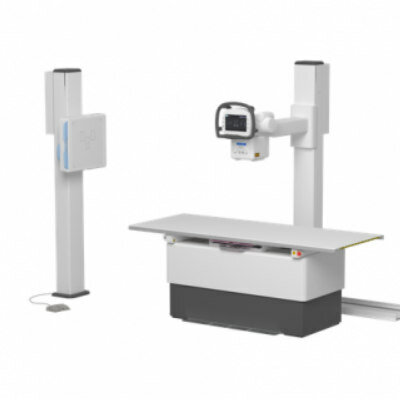Radiotherapy Advances Presented at Research Summit
By MedImaging staff writers
Posted on 16 Mar 2006
Varian Medical Systems (Palo Alto, CA, USA) gathered over 100 radiation oncology researchers for a Research Partnership Summit in early February 2006. The two-and-a-half-day gathering, held in Charleston, SC, USA, brought together physicists, biologists, veterinarians, and physicians who are conducting Varian-funded research.Posted on 16 Mar 2006
"These presentations incorporate data that is only days or weeks old. It's an amazing snapshot of where the technology is at this point in time, for people who are really pushing the envelope,” commented Frank Bova, Ph.D., professor of neurosurgery at the University of Florida (Gainesville, FL, USA), who moderated a session on stereotactic radiosurgery, a procedure that involves treating a malignancy or neurological malformation with a carefully targeted single dose of radiation.
Other presentations covered product strategies for dealing with tumor motion during treatment, including the use of respiratory gating and other 4D imaging procedures and software that track and compensate for tumor motion caused by breathing.
Paul Keall, Ph.D., associate professor of medical physics at Virginia Commonwealth University provided a look at technology in development that can locate and track a tumor and adjust the treatment beam in direct response to internal or skeletal motion. Such a "dynamic compensation” approach would enable treatments that respond to tumor motion in real time by shaping and reshaping the radiation beams--something that is not yet possible in a commercially-available radiotherapy system.
Researchers also presented on projects involving biosynergy, ways in which biologically active agents can be used to enhance the clinical effects of radiation. Scientists from a number of U.S. colleges also presented data on compounds that make tumor cells more responsive to radiation, substances that protect normal tissues from the effects of radiation, and biomarkers that can be used to generate functional images with detailed information about tumor metabolism.
Related Links:
Varian Medical Systems














